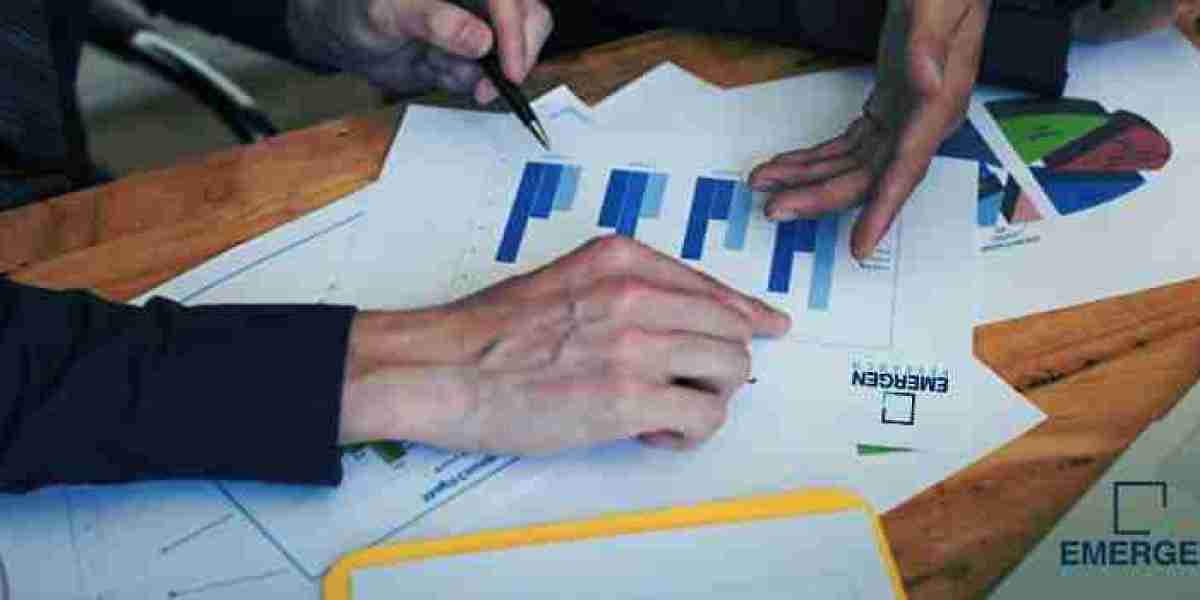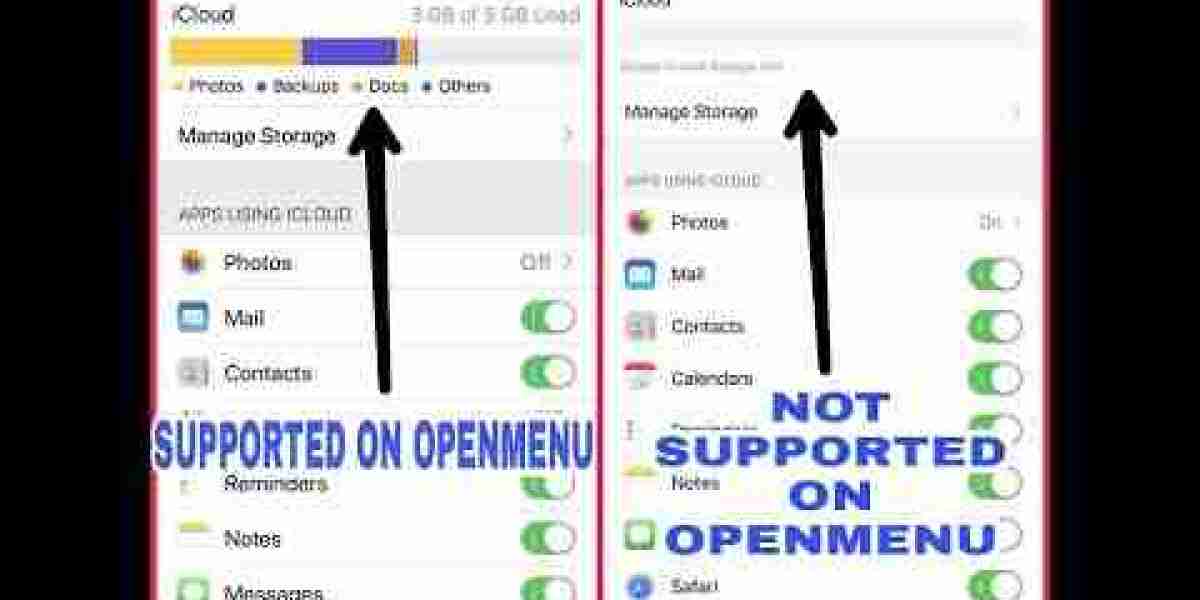Have you ever wondered how hospitals keep track of all the weird and wonderful things that happen there? It's not just scribbles on a chart! Behind the scenes, there are secret translators called medical coders. These detectives take doctors' notes and turn them into a special code that everyone in the healthcare world understands.
Think of it like this: imagine doctors speak "Doctor-ese," a language full of fancy terms for body parts and procedures. Medical coders are like code-crackers, translating "Doctor-ese" into a universal code that insurance companies, hospitals, and other healthcare pros can understand. This code helps everyone know exactly what treatments a patient received, which is important for things like billing and keeping track of medical history. Here's how you can become a medical coder:
If you're curious, detail-oriented, and want a career that's both interesting and in demand, then medical coding might be the perfect fit for you! But before you start translating charts, there are a few steps you need to take.
Step 1: Building Your Code-Cracking Skills
The first step is learning the secret code itself. This means getting a strong foundation in medical terminology. Don't worry, it's not all memorizing scary-sounding words! Here's what you'll need to know:
- Body Parts: This is like learning a whole new language for your body! You'll need to know the names of organs, bones, muscles, and everything in between.
- Procedures: From check-ups to surgeries, medical coders need to know the codes for all kinds of medical treatments.
- Diseases & Injuries: Just like procedures, coders need to understand the codes for different illnesses and health problems.
There are many resources available to help you learn these basics, including:
- Medical Coding Courses: These courses, offered online or in classrooms, provide a structured learning path with experienced instructors to guide you. A good Medical Coding Course will introduce you to the key concepts and give you opportunities to practice.
- Textbooks and Online Resources: There are plenty of books and websites dedicated to medical terminology.
- Flashcards: Creating flashcards with medical terms on one side and their definitions on the other is a great way to memorize information on the go.
Step 2: Mastering the Codebooks
Think of medical coding manuals as the big dictionaries for your secret code. There are two main ones you'll need to become familiar with:
- Current Procedural Terminology (CPT®): This book contains codes for all sorts of medical procedures performed by doctors.
- International Classification of Diseases, Tenth Revision, Clinical Modification (ICD-10-CM): This hefty book assigns codes to all the different diagnoses (diseases and injuries) patients might have.
These manuals might seem overwhelming at first, but a good Medical Coding Course will introduce you to them and help you understand how they work. With practice, you'll be navigating these codebooks like a pro!
Step 3: Sharpening Your Skills
Just like any new skill, becoming a confident medical coder takes practice. Here's how to hone your newfound coding abilities:
- Practice Exercises: Many Medical Coding Courses offer practice exercises where you can apply your knowledge to real-world scenarios. These exercises might involve coding mock patient charts based on doctors' notes.
- Mock Exams: These are practice tests designed to mimic the format and difficulty of the real certification exam. Taking mock exams helps you identify areas where you need improvement and get comfortable with managing exam time.
- Coding Software: Hospitals and clinics use special software for medical coding. Some Medical Coding Courses might offer access to these programs, allowing you to practice in a simulated work environment.
Step 4: Getting Certified (Optional but Important!)
While not always mandatory, obtaining a medical coding certification can significantly boost your resume and open doors to more job opportunities. There are different certification bodies offering exams, with the two most popular being the American Academy of Professional Coders (AAPC) and the American Health Information Management Association (AHIMA).
Step 5: Launching Your Medical Coding Career!
Once you've mastered the code and (potentially) earned your certification, you're ready to take on the world of medical coding! Here are some of the places you could find yourself working:
- Hospitals and Clinics: These are major employers of medical coders, who help ensure accurate billing and coding for patient care.
- Physician Offices: Many doctors' offices rely on medical coders to handle their medical coding needs.
- Insurance Companies: Insurance companies use medical codes to process claims and determine coverage for patients.
- Coding Companies: These companies specialize in medical coding and hire coders to work on various healthcare projects.














